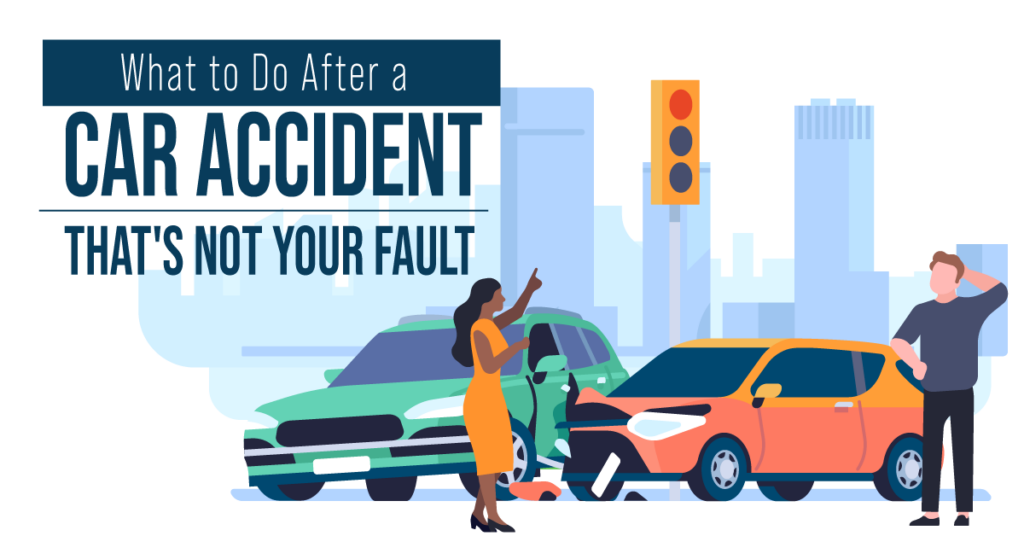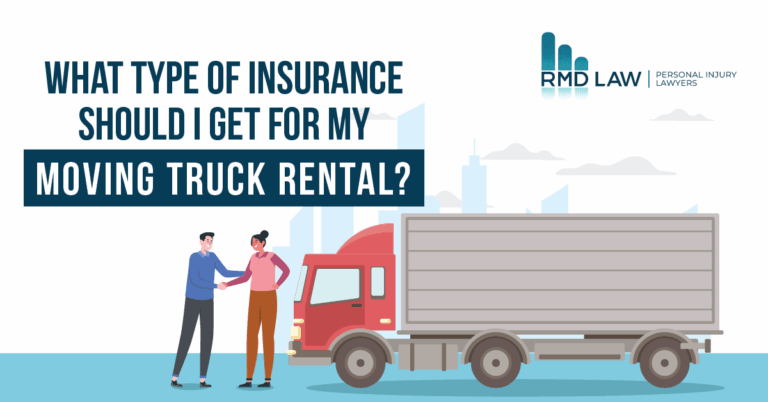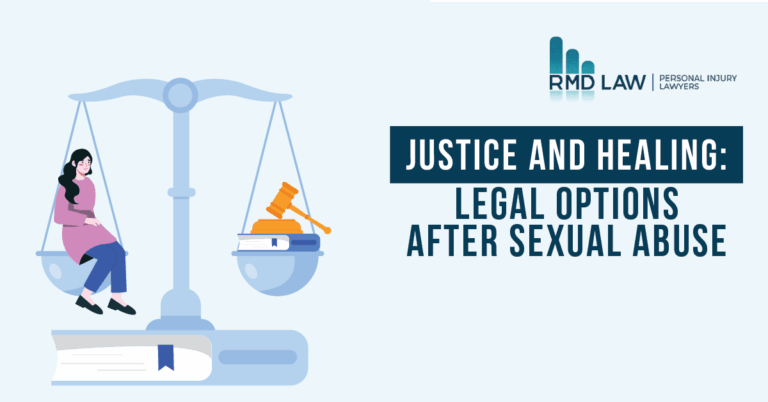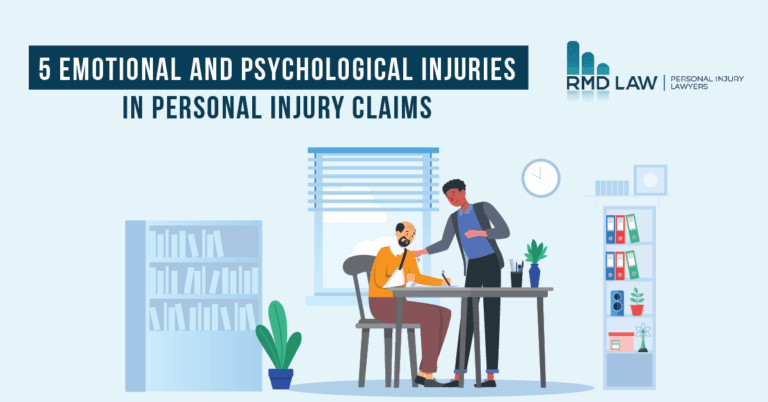
Picture this: You’re cruising down familiar streets when, suddenly, a collision shatters the peace. Life’s unpredictable turns can lead you to unexpected places, like finding yourself in a car accident that’s clearly not your fault.
According to the Traffic Incident Management System (TIMS), California witnesses thousands of collisions each year, leaving a trail of emotional distress, physical injuries, and fatalities in their wake.
You’re now part of the car accident statistics of your state, thrust into a situation you didn’t anticipate. It’s jarring, but knowing what comes next is vital. This article equips you with the knowledge and steps to ensure justice prevails when you’re not to blame in a car accident.
Immediate Actions at the Scene
For this scenario, let’s say you’re proceeding through an intersection with a green light when a reckless driver hits your vehicle on the side, causing injuries to both parties. What do you do?
1. Ensure your safety and those around you
Your priority is safety. First, check yourself and your passengers for injuries. Next, assess if anyone else, including pedestrians or individuals in the other vehicle, has been hurt due to the accident.
2. Assess immediate threats
After ensuring that everyone is safe, check for the condition of both vehicles. If you spot smoke or fire coming from the engine block, you may have to move people away from them to ensure safety. Otherwise, turn on the hazard lights and carefully exit the vehicle.
3. Contact emergency services
Call 911 to report what happened and request for medical assistance. Stay on the line to provide necessary details and follow instructions. In cases of severe injury, the emergency operator may task you with providing life-saving care to the injured.
4. Provide aid if possible
Offer basic first aid if you have the training, and it’s safe, but avoid moving anyone with severe injuries unless the emergency operator orders you. Unnecessary movement can exacerbate injuries or cause new ones.
5. Document the scene
While waiting for emergency services, document the accident scene if it’s safe. Take photos of the vehicles involved, the intersection or road, visible damage to the car, and injuries. Note important details such as the time, date, and weather conditions. If you can, get the contact and insurance information of the other driver and witnesses.
Post-Accident Procedures
Once the chaos of the accident has settled and you’re safely away, shift focus to the practicalities: addressing legal obligations and handling insurance matters. These steps can be critical in safeguarding your rights and ensuring a smoother resolution to the collision.
1. Document the costs of your treatment and car repair
Keep a meticulous record of all medical treatment and car repair expenses, like receipts, invoices, and paperwork from healthcare providers or repair shops. They can be crucial evidence for insurance claims or legal proceedings.
2. Preserve evidence and correspondence
Retain all evidence of the accident, including photos, witness statements, and any communication with the other party or their insurance. Additionally, keep a record of all correspondence, such as emails or private messages, related to the accident or subsequent discussions.
These records can bolster your case and be valuable documentation during negotiations or legal proceedings.
3. Seek the aid of legal counsel
Considering the complexity of legal matters, seeking the guidance of a legal expert is necessary. A skilled attorney can explain your rights, navigate the intricacies of a personal injury case, and advocate for a fair resolution for you.
Dealing with Claims and Insurance
Overcoming the intricacies of insurance claims is crucial to securing financial restitution after the accident.
1. Contact your insurance provider
Promptly notify your insurance company concerning the accident and provide accurate details and the documentation you collected earlier. Your insurer can guide you through the claims process and provide necessary assistance. Timely communication with them will ensure a smoother process.
2. Understand your insurance policy
Thoroughly review your insurance policy to comprehend your coverage and the claim filing procedures. Knowing the nuances of your policy—such as coverage limits, deductibles, and exclusions—can dictate how negotiations with your insurance company will go.
3. Have a lawyer evaluate your car accident claim
A skilled lawyer can determine your case’s strengths and weaknesses and provide insight into the potential compensation you may be entitled to. Their expertise can be pivotal in navigating these claims successfully.
Beyond the Crash: The Road to Recovery
Given the frequency of car accidents, it’s nearly inevitable to encounter one at some point. Understanding the necessary steps after such an event can empower you to overcome the situation with resilience and seek rightful compensation.
If you’ve been involved in a car accident case and need an attorney to guide you through the settlement and damages claim process, reach out to us at RMD Law. Our team of experienced car accident lawyers in California is ready for the tireless representation you deserve. We also have practical information on our website, like our personal injury FAQS page.
Contact us for a free case evaluation today.
- What Type of Insurance Should I Get for My Moving Truck Rental? - June 30, 2025
- Justice and Healing: Legal Options After Sexual Abuse - June 26, 2025
- 5 Emotional and Psychological Injuries in Personal Injury Claims - June 23, 2025




